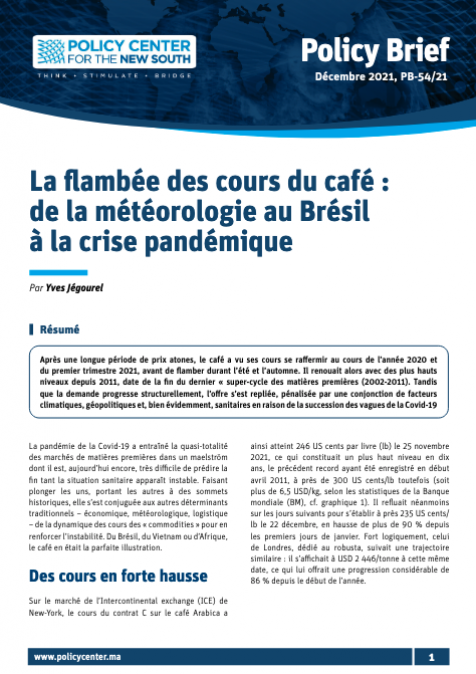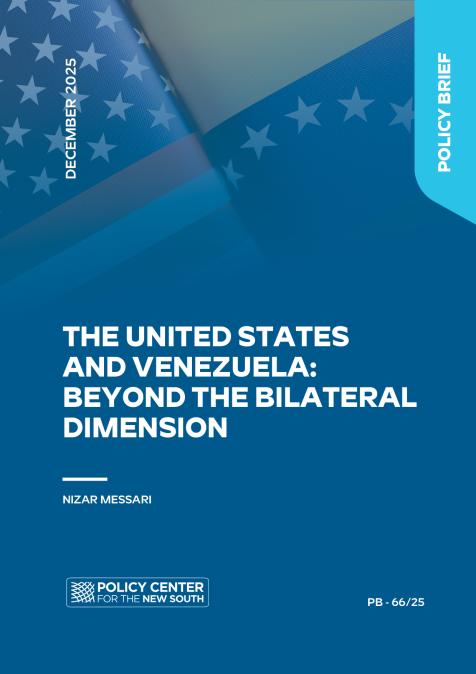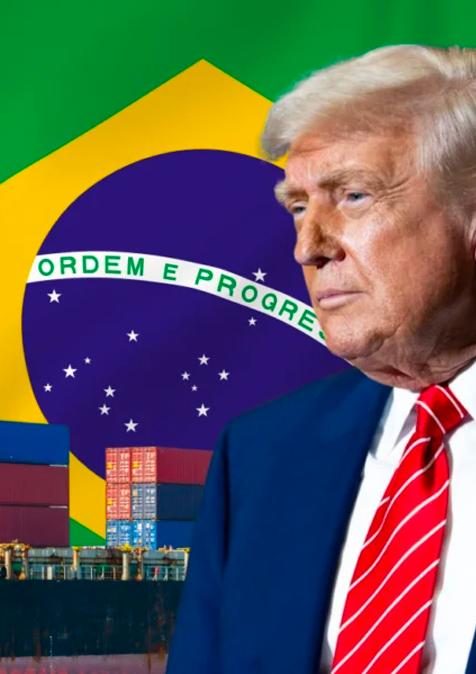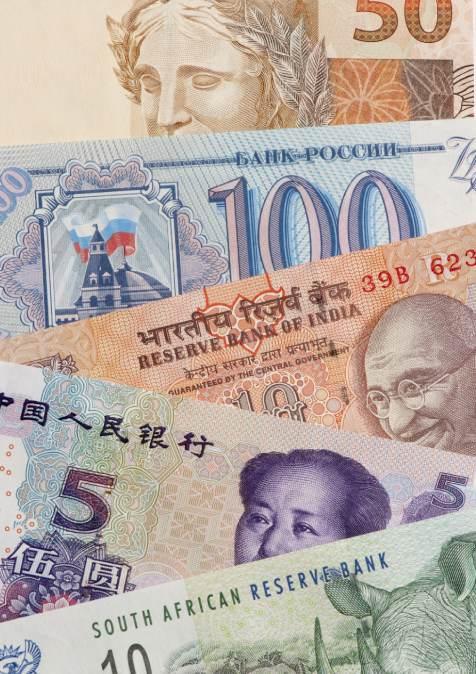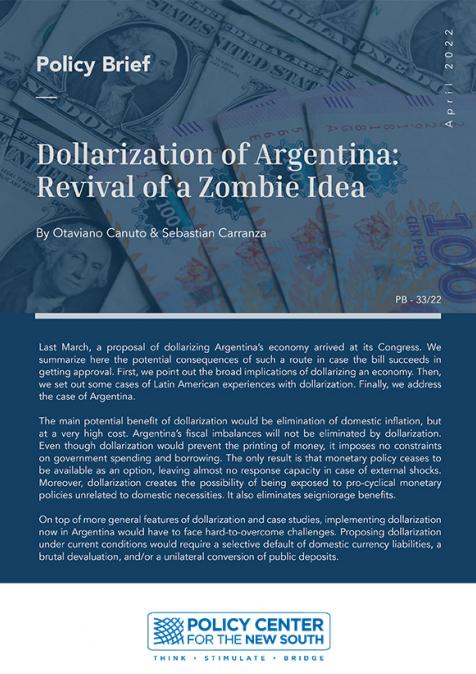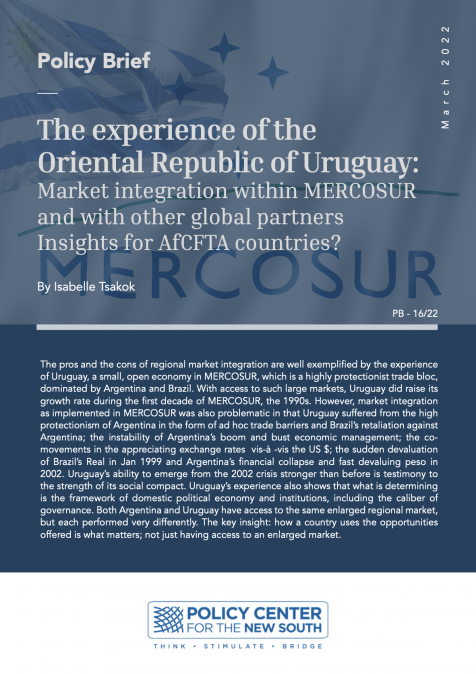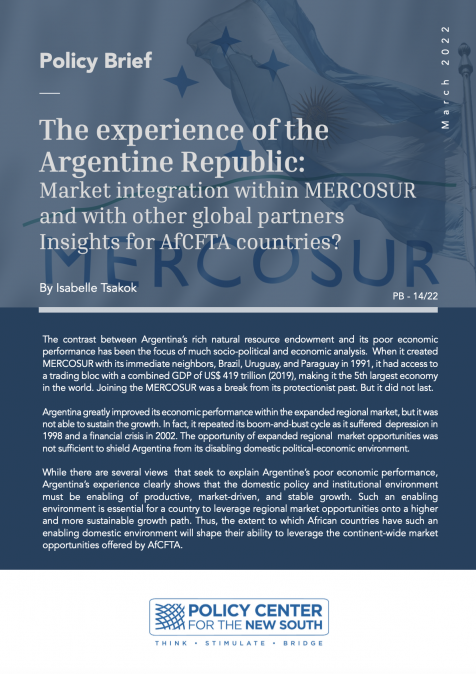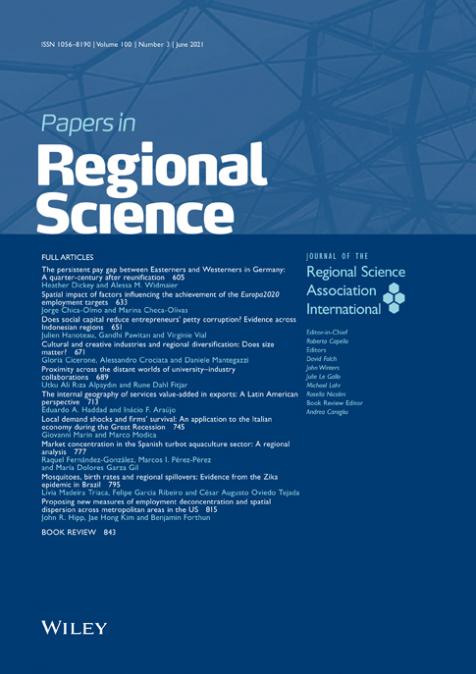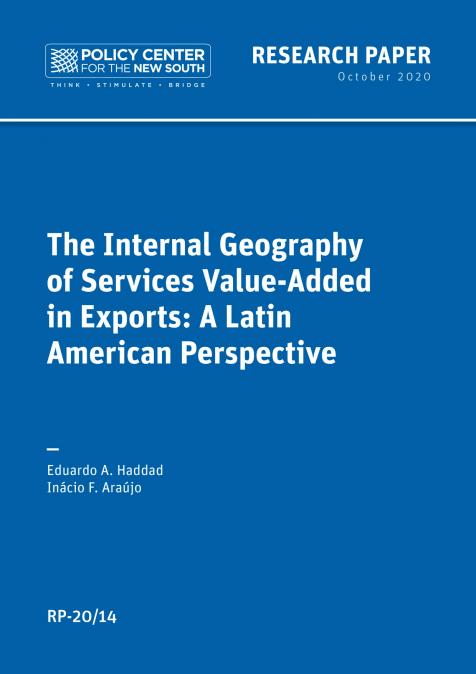Publications /
Policy Brief
Policy Brief
La flambée des cours du café : de la météorologie au Brésil à la crise pandémique
December 29, 2021
Après une longue période de prix atones, le café a vu ses cours se raffermir au cours de l’année 2020 et du premier trimestre 2021, avant de flamber durant l’été et l’automne. Il renouait alors avec des plus hauts niveaux depuis 2011, date de la fin du dernier « super-cycle des matières premières (2002-2011). Tandis que la demande progresse structurellement, l’offre s’est repliée, pénalisée par une conjonction de facteurs climatiques, géopolitiques et, bien évidemment, sanitaires en raison de la succession des vagues de la Covid-19

